Supplements Unpacked: What’s Worth It and What’s Not with Trisha Caton, RD
Supplements can be helpful, but only if you’ve got the basics covered first. In this episode, fellow Registered Dietitian and Nourished Path coach Trisha joins me in breaking down some of the most common questions we get about vitamins, minerals, and trendy powders. From CoQ10 and creatine to magnesium and iron, we dig into what’s worth considering, what’s overhyped, and what to skip altogether.
You’ll hear us share real client stories (like the one spending $300 a month on pills before we cut it down to just a few essentials), practical supplement tips, and why food should always come first.
What we cover in this episode:
Why supplements should supplement, not replace, healthy habits
CoQ10 for heart health: what the research really says
The handful of basics we actually recommend (multivitamin, vitamin D, calcium, iron, magnesium)
When creatine makes sense and how to take it
Common pitfalls with supplements (duplication, poor absorption, or marketing hype)
Food-based ways to boost iron and vitamin C for better absorption
Signs you might be overdoing it with certain vitamins (like B6)
How to think critically about supplement marketing claims
By the end, you’ll have a clear framework for deciding what’s actually worth your money—and when you’d be better off buying vegetables instead.
Iron-Rich Foods (with Approximate Amounts)
Animal-Based (best absorbed):
Beef (ground, 85% lean) – 3 oz cooked: 2.1 mg of iron
Beef liver – 3 oz cooked: 5.4 mg of iron
Chicken thighs (dark meat) – 3 oz cooked: 1.1 mg
Turkey (dark meat) – 3 oz cooked: 2.0 mg
Canned tuna (in water) – 3 oz: 1.3 mg
Sardines – 7 sardines (3 oz): 2.0 mg
Oysters (cooked) – 6 medium: 4.5 mg
Eggs – 2 large: 1.0 mg
Plant-Based (less absorbed):
Lentils (cooked) – ½ cup: 3.3 mg
Spinach (cooked) – ½ cup: 3.6 mg
Tofu (firm) – ½ cup: 3.4 mg
Chickpeas (cooked) – ½ cup: 2.4 mg
Pumpkin seeds – 1 oz (¼ cup): 2.5 mg
Quinoa (cooked) – 1 cup: 2.8 mg
Fortified cereals – varies by brand, typically 4 to 18 mg per serving (check label)
Vitamin C-Rich Foods (with Approximate Amounts)
Pair these with iron-rich meals for better absorption:
Red bell pepper (raw) – ½ cup: 95 mg
Broccoli (cooked) – ½ cup: 50 mg
Strawberries (sliced) – ½ cup: 49 mg
Kiwi – 1 medium: 64 mg
Orange – 1 medium: 70 mg
Tomato (raw) – 1 medium: 17 mg
Tomato sauce – ½ cup: 22 mg
Pineapple (chunks) – ½ cup: 39 mg
Cantaloupe – ½ cup: 29 mg
Brussels sprouts (cooked) – ½ cup: 48 mg
Papaya – ½ cup: 44 mg
Sign up for my nutrition newsletter
Follow me on Instagram
